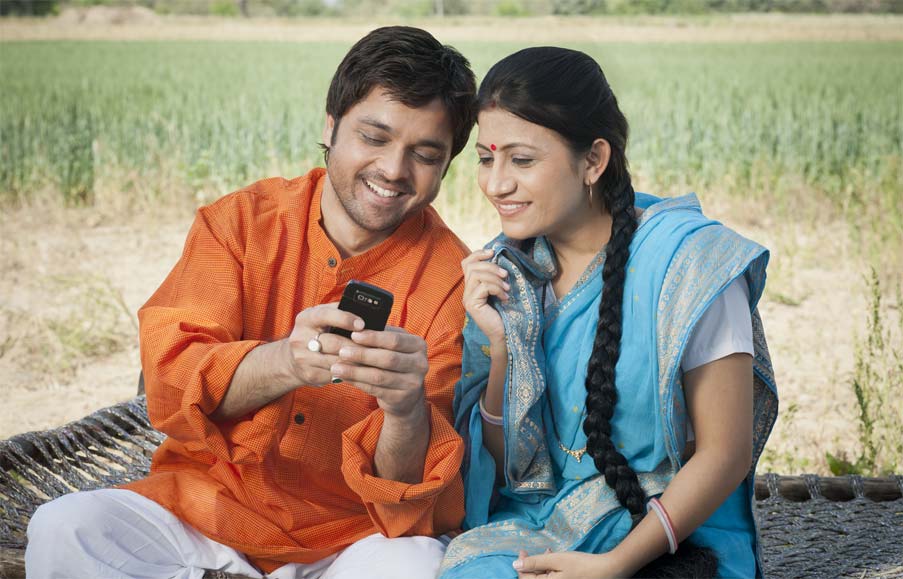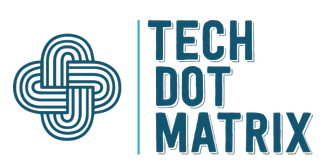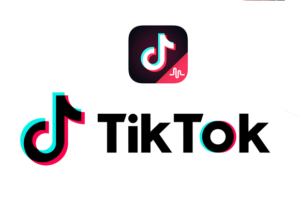
India is becoming a cashless country. The recent decision of demonetization by Narendra Modi, the Prime Minister of India is paving the way for achieving his dream of a Digital India. As there is a huge shortage of new currency notes, people are trying other ways to satisfy their daily needs. A majority have already started using digital wallets, and credit or debit cards to pay the bill in petrol pumps, fast-food outlets, and food courts.
You also might be using the BHIM app that was launched by PM Modi. It will be easy for the people living in the town and city areas to pay their bills this way. But what about the ones in the rural areas where people don’t have access to the Internet? This is where USSD-based mobile banking works.
What is USSD-based mobile banking?
USSD stands for Unstructured Supplementary Service Data. It is an interface that was built by the National Unified USSD Platform (NUUP) to transmit information using GSM network channels. It works on all phones from basic ones with black-and-white displays to high-end Smartphones with touch displays. This service was launched to make mobile banking easy for users in rural areas, especially for those who don’t speak English.
The Service is also available in 11 regional languages and you can access the service in your desired language using the following codes
- Assamese *99*24#
- Oriya *99*32#
- Malayalam *99*25#
- Telugu *99*24#
- Tamil *99*23#
- Gujarati *99*27#
- Kannada *99*26#
- Punjabi *99*30#
- Bengali *99*29#
- Marathi *99*28#
- Hindi *99*22#
Also Read: How to install Coronavirus tracking Aarogya Setu app on Jio Phone
How to use USSD-based mobile banking?
The first step would be to open a bank account and register your mobile number with it. If you already have a bank account and if your mobile number is not registered with it, you will have to visit the branch of your bank and fill out a form to link your mobile number with the bank account. After that’s done, you will have to generate Mobile Money Identifier (MMID) number which is a seven-digit number that is given by the bank. Usually, the bank sends the MMID number to you after you register your mobile number with the bank account.
You can also get the MMID by logging into the internet portal of your bank or by sending an SMS. As the SMS format is different for different banks, we recommend you call the customer care representative of your respective banks to get advice on how to do it. In addition to the MMID number, you will also have to get the MPIN which is a four-digit number to authorize transactions. It works more like the PIN of your Debit/Credit card. Do not forget to change the default MPIN to a new one.
Also Read: BHIM app tops in Google PlayStore
USSD Codes
To perform banking using the USSD Codes, you will have to dial *99# and enter the IFSC code of your bank. To do this and the rest of the steps in your desired regional language, you will have to dial the code of that language respectively. This will now verify your details and your bank details after which you can see the sub-menu there. To know the account balance, you will have to dial ‘1’. To know the mini-statement, you will have to enter ‘2’and hit send.
How to transfer money using USSD shortcodes?
Step 1: Dial *99# or any other USSD short code according to your desired regional language. Now enter the name of the bank when the UI opens followed by entering ‘3’ and hitting ‘Send’.
Step 2: Enter the mobile number of your beneficiary.
Step 3: Now enter the MMID of the beneficiary. You will have to get this from the person to whom you are going to send the money.
Step 4: In the next step, you will have to enter the amount and remarks which are separated by a space. For example, for transferring Rs 500, I’d enter “500 fees”. 500 that I entered is the amount and “fees” is the remarks.
Step 5: Now you have reached the final step. Here you will have to enter the MPIN to authorize the transaction and the last 4 digits of your account number (which are separated by a space) and hit on send.
That’s it. You have just transferred the money to your friend’s bank account and the money will be credited very soon.
One of the disadvantages of this process is that the process takes a long time to finish and you need to have good network coverage to finish it. I got stuck many times with the error “External application down” in Step 5. If you also face the same issue, repeat the steps again and again. It might work for you.
Let us know whether this process on how to use USSD-based mobile banking works for you by commenting in the comments section below. We’d love to hear about it from you.
You might also like our TUTEZONE section which contains exclusive tutorials on how you can make your life simpler using technology.




